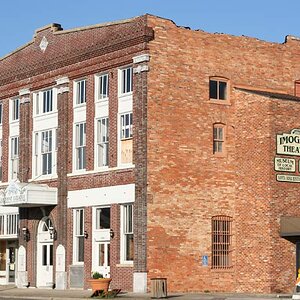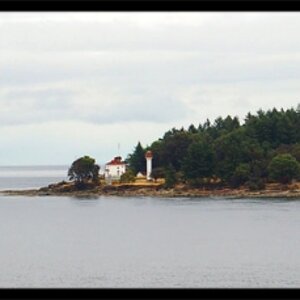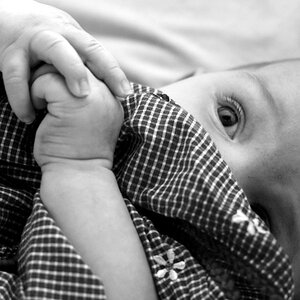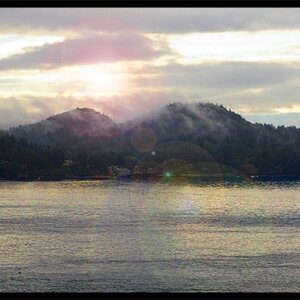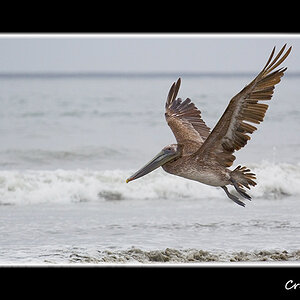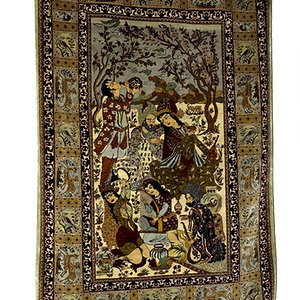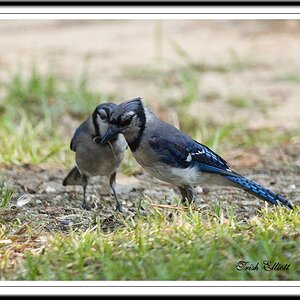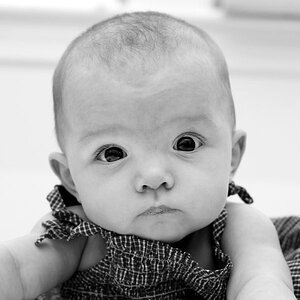mjd525
TPF Noob!
- Joined
- Jan 24, 2013
- Messages
- 15
- Reaction score
- 0
- Location
- Philadelphia Area
- Can others edit my Photos
- Photos NOT OK to edit
It seems that I tend to take pictures that are always on the brigter (overexposed) end. I try to be aware of properly setting the white balance, and may make an exposure adjustments +/-. I generally take rowing race pictures and most times in sunny or partly sunny days. I almsot always take in A-mode, and have the ISO set to auto. Any other suggestions from the pros out there?
Much appreciated.
Much appreciated.


![[No title]](/data/xfmg/thumbnail/37/37524-6c51828efbc2361f9cfed53f63f28aa2.jpg?1619738130)
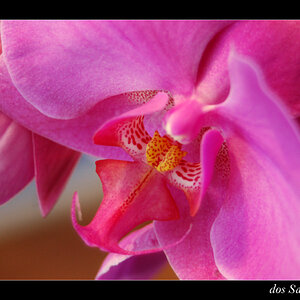
![[No title]](/data/xfmg/thumbnail/37/37520-d3e4d6582aa2781be7abf64e8651db45.jpg?1619738128)
